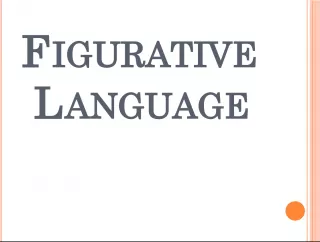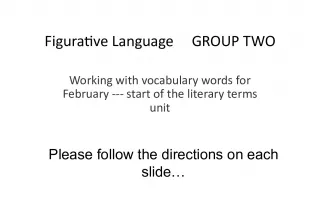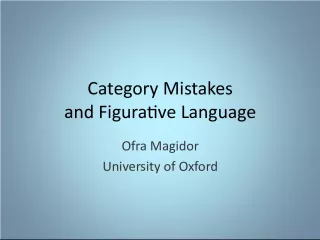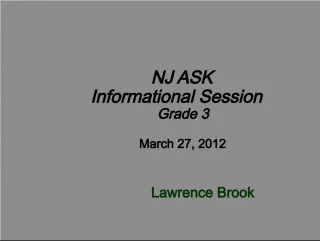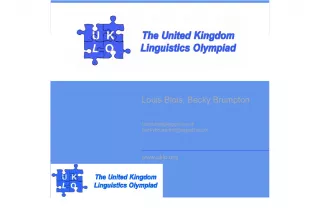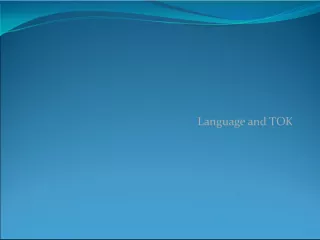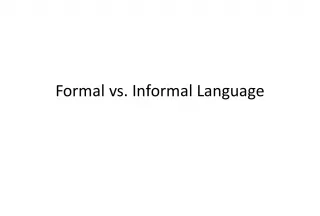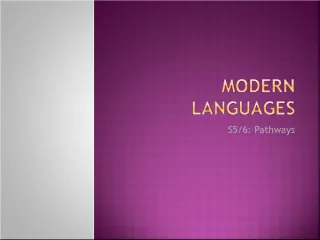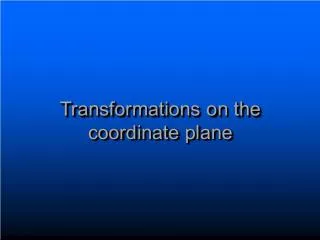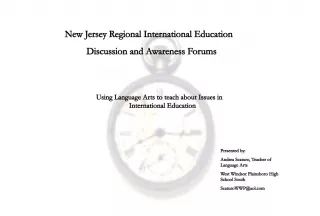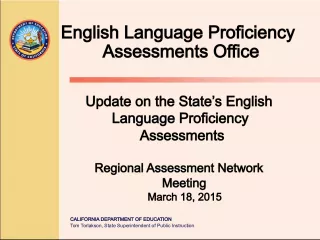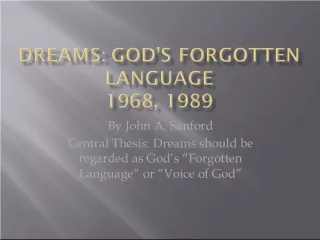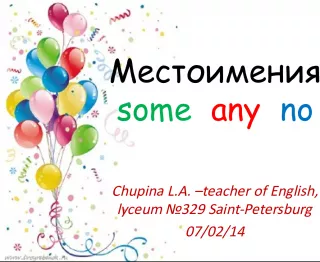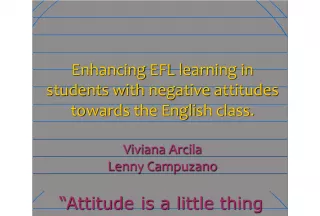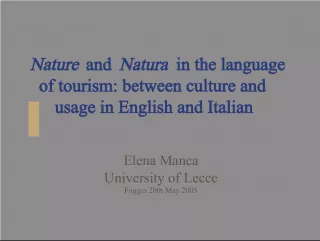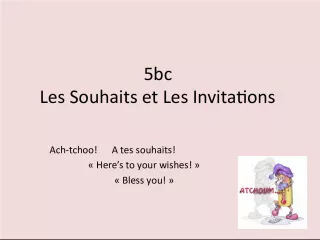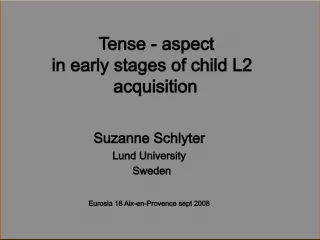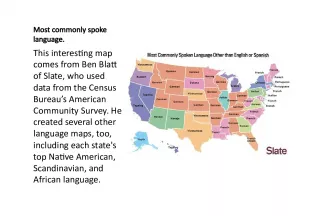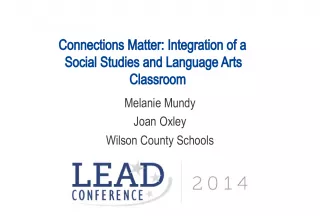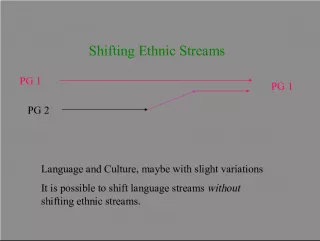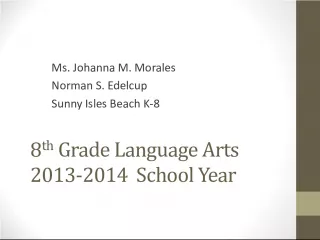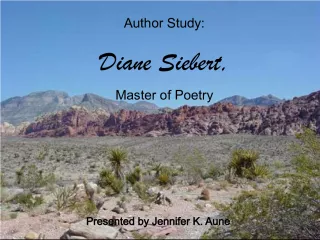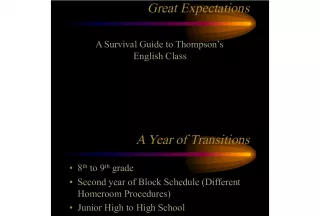Go Figure: Figurative Language for Grades 6-8
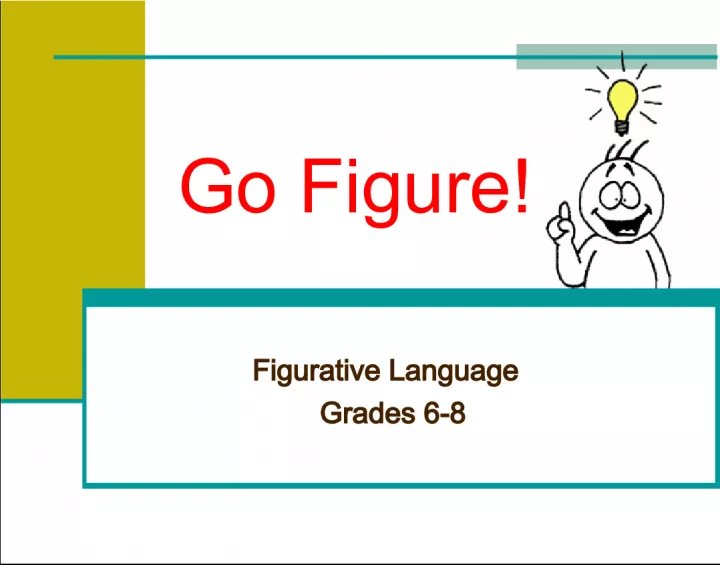

This educational resource focuses on recognizing figurative language in poetry for students in grades 6-8. Figurative language is language that conveys more than its
- Uploaded on | 3 Views
-
 jennyharper
jennyharper
About Go Figure: Figurative Language for Grades 6-8
PowerPoint presentation about 'Go Figure: Figurative Language for Grades 6-8'. This presentation describes the topic on This educational resource focuses on recognizing figurative language in poetry for students in grades 6-8. Figurative language is language that conveys more than its. The key topics included in this slideshow are . Download this presentation absolutely free.
Presentation Transcript
Slide1Go Figure!Figurative Language Grades 6-8
Slide2Recognizing FigurativeLanguage The opposite of literal language is figurative language. Figurative language is language that means more than what it says on the surface. It usually gives us a feeling about its subject. Poets use figurative language almost as frequently as literal language. When you read poetry, you must be conscious of the difference. Otherwise, a poem may make no sense at all. Printed Quiz Online Quiz
Slide3Recognizing Literal Language“I’ve eaten so much I feel as if I could literally burst!” In this case, the person is not using the word literally in its true meaning. Literal means "exact" or "not exaggerated." By pretending that the statement is not exaggerated, the person stresses how much he has eaten. Literal language is language that means exactly what is said. Most of the time, we use literal language.
Slide4What is figurative language? Whenever you describe something by comparing it with something else, you are using figurative language.
Slide5Types of Figurative Language Imagery Simile Metaphor Alliteration Personification Onomatopoeia Hyperbole Idioms
Slide6Imagery Language that appeals to the senses. Descriptions of people or objects stated in terms of our senses. • Sight • Hearing • Touch • Taste • Smell
Slide7Simile A figure of speech which involves a direct comparison between two unlike things, usually with the words like or as. Example: The muscles on his brawny arms are strong as iron bands.
Slide8Metaphor A figure of speech which involves an implied comparison between two relatively unlike things using a form of be. The comparison is not announced by like or as. Example: The road was a ribbon wrapped through the dessert.
Slide9Alliteration Repeated consonant sounds occurring at the beginning of words or within words. Example: She was w ide-eyed and w ondering w hile she w aited for W alter to w aken.
Slide10Personification A figure of speech which gives the qualities of a person to an animal, an object, or an idea. Example: “The wind yells while blowing." The wind cannot yell. Only a living thing can yell.
Slide11Onomatopoeia The use of words that mimic sounds. Example: The firecracker made a loud ka-boom!
Slide12Hyperbole An exaggerated statement used to heighten effect. It is not used to mislead the reader, but to emphasize a point. Example: She’s said so on several million occasions .
Slide13Idioms An idiom or idiomatic expression refers to a construction or expression in one language that cannot be matched or directly translated word-for-word in another language. Example: "She has a bee in her bonnet," meaning "she is obsessed," cannot be literally translated into another language word for word.
Slide14Figurative Language Resources Eye on Idioms (Online PPT) Paint by Idioms (Game) Alliteration or Simile? (Quiz) Similes and Metaphors (PPT) The Search for Similes, Metaphors, and Idioms (PPT) Alliteration (PPT) Onomatopoeia (PPT) Personification (PPT) Hyperbole (PPT) Idioms (PPT) Simile (PPT)
Slide15Teaching Similes and Metaphors Alliteration Lesson Plan and Resources http://volweb.utk.edu/Schools/bedford/harrisms/1allitera.htm Hyperbole- Lesson Plans and Resources http://volweb.utk.edu/Schools/bedford/harrisms/10lesson.htm Idiom Lesson Plan http://volweb.utk.edu/Schools/bedford/harrisms/6lesson.htm Imagery- Lesson Plans and Resources http://volweb.utk.edu/Schools/bedford/harrisms/imagery2.htm Lesson Plan for Puns http://volweb.utk.edu/Schools/bedford/harrisms/5lesson.htm Onomatopoeia- Lesson Plans and Resources http://volweb.utk.edu/Schools/bedford/harrisms/9lesson.htm Personification Lesson Plans and Resources http://volweb.utk.edu/Schools/bedford/harrisms/7lesson.htm Proverbs- Lesson Plans and Resources http://volweb.utk.edu/Schools/bedford/harrisms/proverbs2.htm
